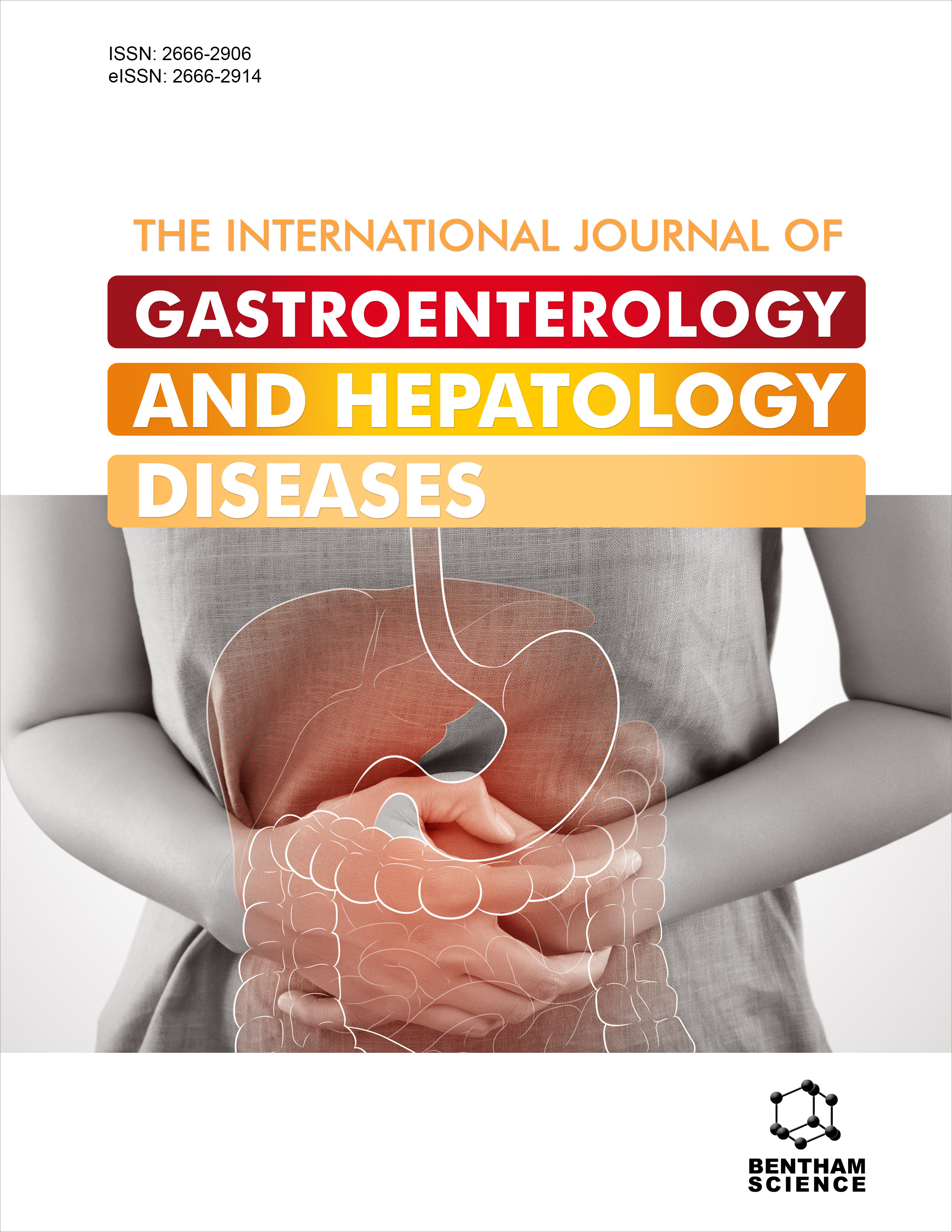
Full text loading...
We use cookies to track usage and preferences.I Understand
Bile acids (BAs) are the major lipid components of bile. They are synthesized from cholesterol in the liver and stored in the gallbladder. BAs have gained attention as drug candidates to control obesity and/or diabetic condition due to their role in lipid and glucose metabolism.
This study aimed to evaluate the antisteatotic and antioxidant potential of deoxycholic acid (DCA) and ursodeoxycholic acid (UDCA), two BAs with opposite physico-chemical features.
Different concentrations of DCA and UDCA in the micromolar range were tested on cultured hepatoma cells after loading with an excess of fatty acids to mimic non-alcoholic fatty liver disease (NAFLD) in vitro. Experimental analyses included cell viability, lipid accumulation and lipid peroxidation in steatotic hepatocytes before and after exposure to either DCA or UDCA.
Both UDCA and DCA improved lipid dysmetabolism and oxidative stress conditions in the steatotic hepatocytes. However, while UDCA was more effective as lipid lowering agent, DCA showed a greater antioxidant effect.
UDCA seems to have better protective and beneficial potential than DCA, as it is able to both alleviate lipid accumulation in the steatotic liver cells, but also to play antioxidant effect.

Article metrics loading...

Full text loading...
References


Data & Media loading...

